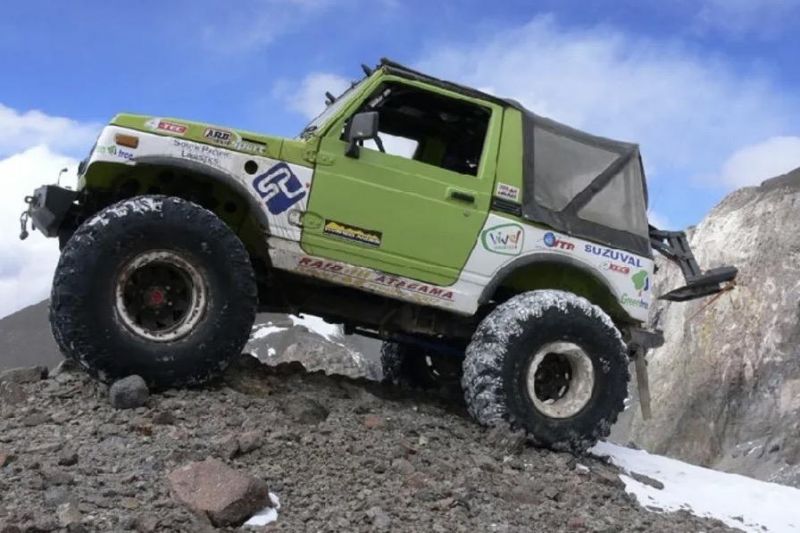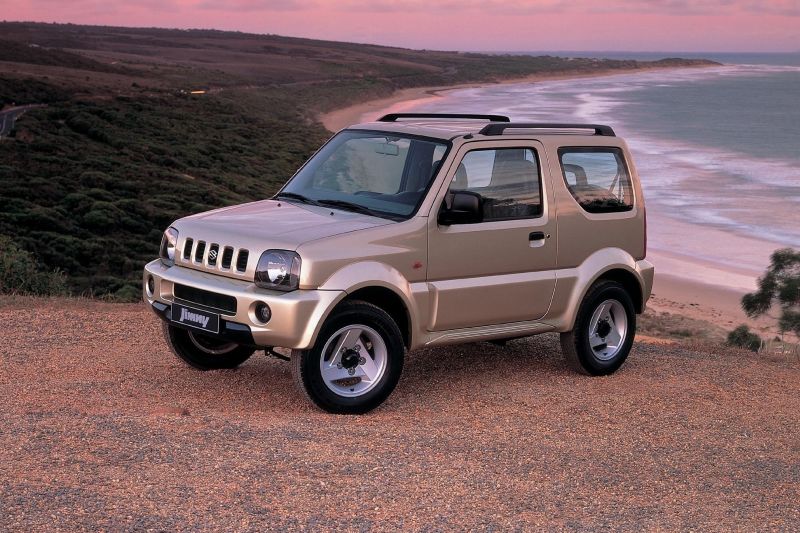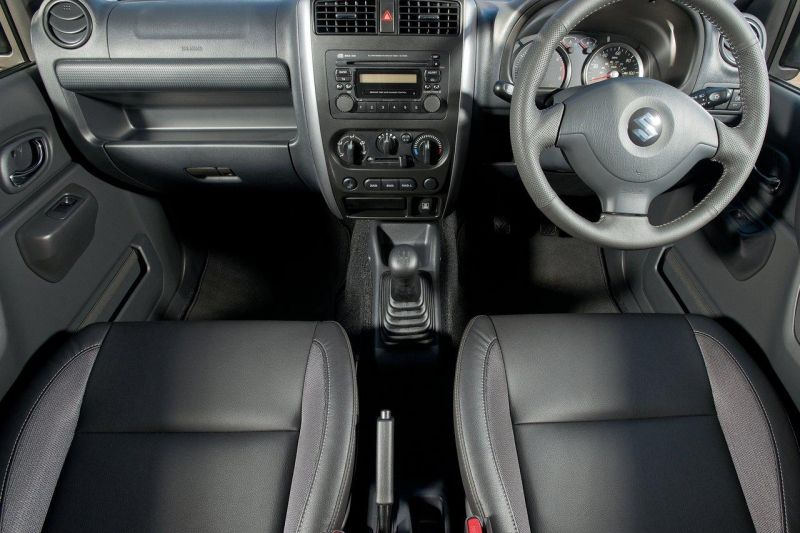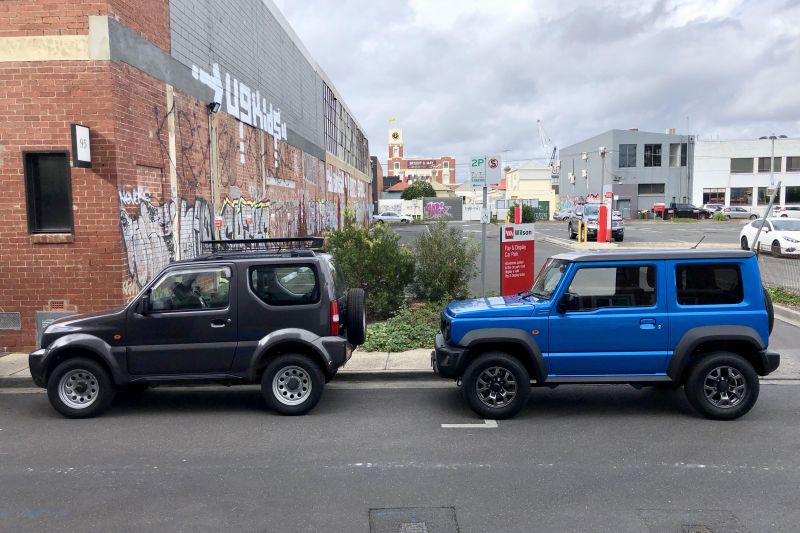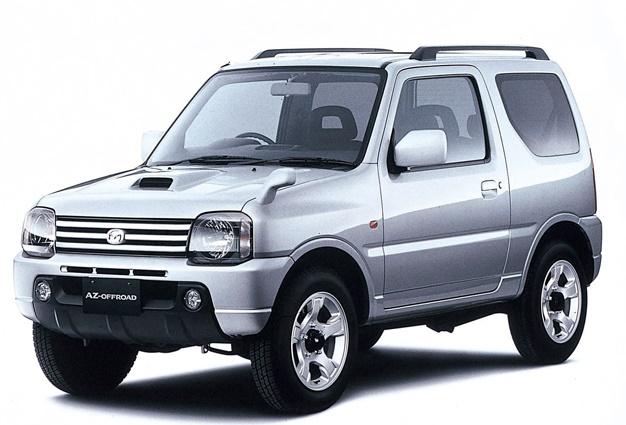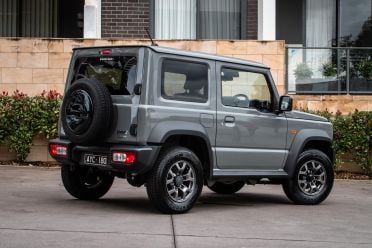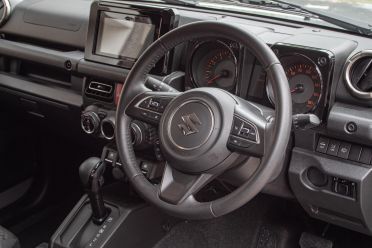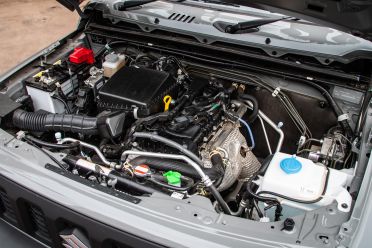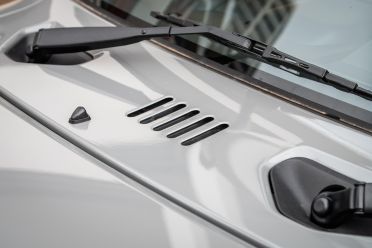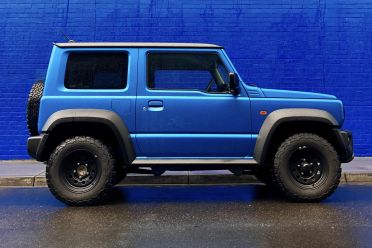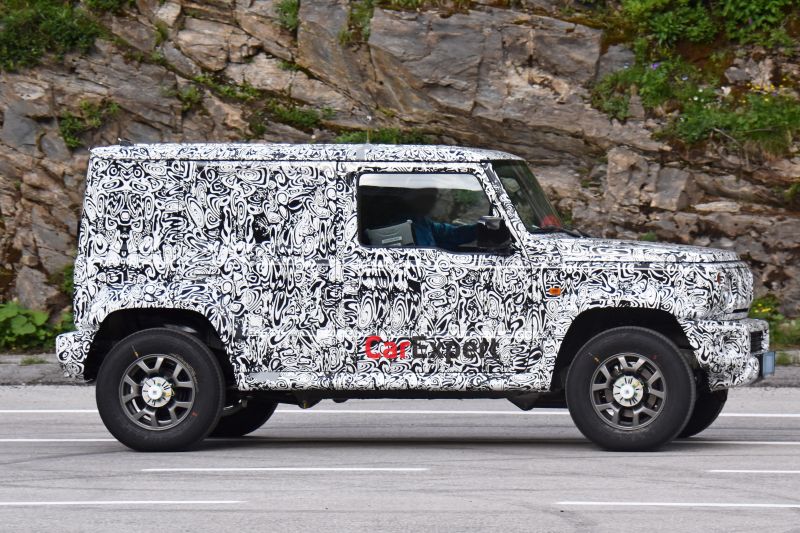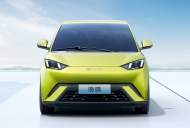Last week we explored how Suzuki went about turning a crude product into a capable, rugged and affordable 4×4 over the course of two generations.
While we introduced the second-generation model last week, it sold for 17 years, and as part of this long lifecycle received a significant update in the mid-1990s.
As well as revised styling and a more comfortable interior, there came the addition of coil-sprung suspension. An automatic gearbox was also made an option.
To prove its bonafides, a modified second-generation Jimny claimed the world record for the highest altitude attained by a four-wheeled vehicle in 2007, when it reached a height of 6688m in the Andes mountain range.
Let’s continue now by exploring the third and fourth generation models.
MORE: The Suzuki Jimny files – Part 1
Jimny Generation 3 (1998-2017)
With its predecessor soldiering on through the 1990s, the third generation would require a significant revamp to remain relevant.
Known as the JB series, it launched in 1998 and featured more modern styling, with the availability of body-coloured bumpers and wheel arches, and a Jeep-like five slat front grille.
The JB Jimny featured a completely overhauled interior, with the dashboard washable and using curved, moulded plastics.
Rather than a mechanical shifter, low-range and other 4WD modes could be selected via buttons on the centre console. Other improvements to the 4WD system included vacuum locking hubs.
In Australia the Jimny initially carried over the 1.3-litre four cylinder engine from its predecessor, with late 1998 models continuing to have outputs of 59kW and 104Nm of torque.
The third-generation Jimny was initially available in both JX and higher specification JLX grade, with the latter also offering the option of a four-speed automatic transmission.
To meet Japanese kei car requirements, JDM models were available with a 658cc (0.66-litre) inline three-cylinder engine. With diesel remaining a popular engine choice in Europe, this market was also offered with a Renault 1.4-litre turbo-diesel engine.
At launch in 1998, a base Jimny JX manual cost $16,950 before on-road costs (equivalent to $30,022 today), with the most expensive automatic JLX topping out at $20,250 (equivalent to $35,867 today).
The second generation Jimny had the Holden drover as one of its badge-engineered variants, but for the third generation it was Mazda which partnered with Suzuki for its own version of the Jimny.
Known as the Autozam AZ-Offroad, Mazda sold this model until 2003 in the Japanese domestic market, equipped with the Jimny’s kei-car engine. Like the Drover, other changes to the AZ-Offroad were minor, with key differences being a restyled front grille.
Subsequent updates saw the original 1.3-litre engine replaced by new generations, with the later M13A inline four-cylinder eventually adopting technologies such as variable valve timing for improved fuel efficiency.
By the time sales of the third-generation Jimny ended for the Australian market, power and torque had both increased very slightly to 62.5kW and 110Nm.
Jimny Generation 4 (2018-Present)
The fourth-generation Jimny took a more retro approach to its design, with a boxy, rugged shape that aimed to provide a modern interpretation of the styling introduced with the first- and second-generation variants.
Design highlights included what Suzuki called ‘drip rails’ on the roof that aimed to prevent water dripping onto passengers as they entered or exited the vehicle, as well as the in-vogue use of wider black plastic wheel arches, front and rear bumpers, and other cladding.
Although retaining a three-door profile similar to its predecessors, the latest Jimny also shifts its tail-lights below into the rear bumper, with the brand claiming that this enables the tailgate to be wider. Headlights also revert to a purely round shape (rather than contained in a square case like its predecessor) and are now available with LED technology.
Likewise the interior retains a highly functional approach, with plain black surfacing and features such as a grab handle integrated above the glovebox. Suzuki claims that the strong horizontal lines also assist the driver in determining the angle of the vehicle relative to the ground, while the plain colour minimises distractions.
Engine-wise, Suzuki has upped the displacement for global markets from the tried-and-true 1.3-litres of the third and later versions of the second generation Jimny, to 1.5-litres.
Power and torque have also correspondingly increased to 75kW and 130Nm, with this engine continuing to be mated to improved versions of the five speed manual and four speed automatic transmissions of previous generation Jimnys.
Future
The latest Jimny generation is notable for the fact that unlike its predecessors, it has only been available in a single 3-door hardtop body style, ditching the convertible and ute options that were available previously.
However, this is likely to change in the near future, with Suzuki having been spotted testing a longer five-door variant.





